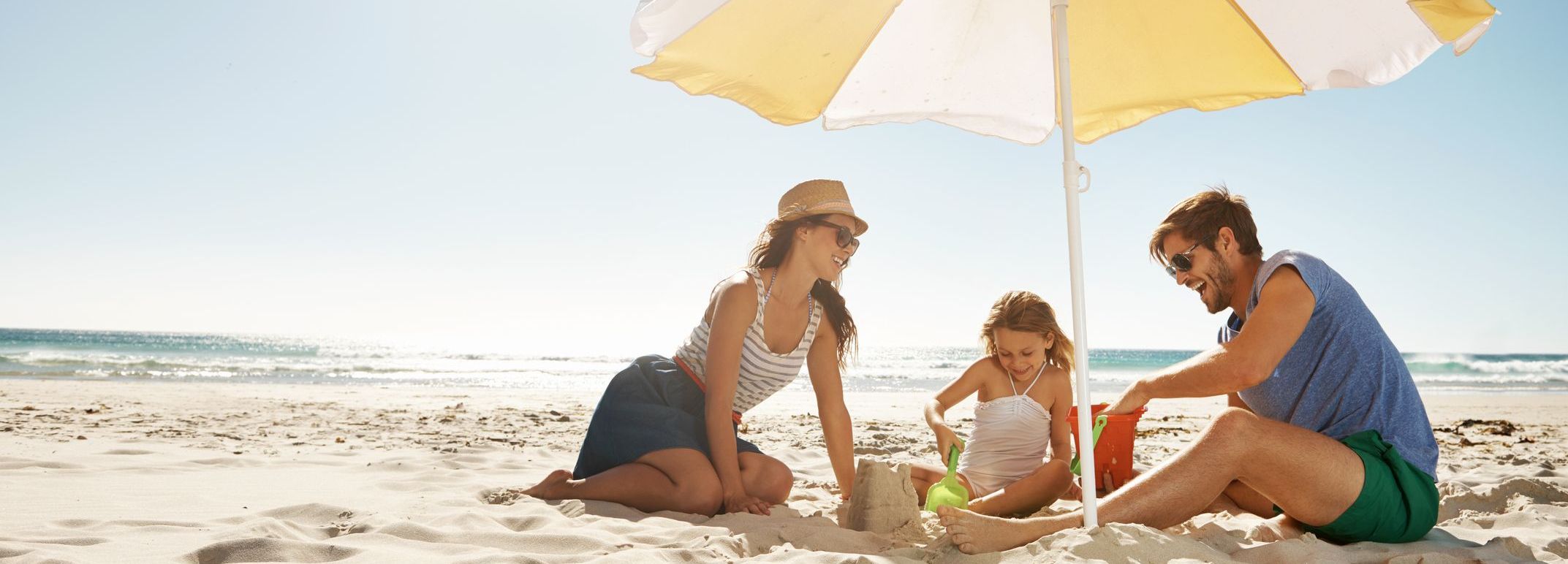
Nothing says summer in Australia like a 40 degree day – that thick, hot air that makes you to double check that it was the window you opened, not the oven door. While some of you might love nothing more than relaxing in the pool on a hot summer’s day, exposure to extreme heat can actually pose a significant health risk.
What exactly do we mean by extreme heat? Well its actually anything over 35 degrees Celsius. When the thermometer rises above that it can be really challenging for your body to keep cool. And the effects can be more than just being a bit flushed and sweaty, they can be life threatening.
So, lets look at what you need to know about heat related illness and how you can keep yourself cool during those scorching days.
Firstly, heat related illnesses, often called heat exhaustion or heat stroke, can affect anyone. Some people however, are at higher risk. They include young children, pregnant women, people with underlying chronic health issues and the elderly.
Like any illness, it can range from mild to severe or life threatening. Some of the earliest signs that you might be struggling with the heat are:
cool, clammy skin or excessive sweating
feeling incredibly thirsty
headaches, muscle cramps
feeling like your heart is racing
feeling faint or dizzy.
If you notice any of these, it’s time to move to a cool place, rest and hydrate.
Sings that things are more severe are:
reduced sweating and dry, hot skin
high temperature (above 40°C)
nausea
muscle spasms and body pain
These are signs of heat stroke which is a medical emergency. If you, or someone around you are experiencing any of these, you must call 000.
So, how can you prevent this happening to you?
- Be prepared. Check the forecast and make sure you have enough supplies so you don’t have to leave the house in extreme heat.
- Timing is key. If you must leave the house, aim to go out early in the morning or later in the evening, the coolest parts of the day.
- Keep inside cool – close curtains and blinds, turn on the fans and/or air conditioning. No air conditioning? Try putting a bowl of ice in front of a fan – this will dramatically cool the air being blown in your direction.
- Stay hydrated – water, water and more water. Avoid alcohol and caffeine as they can increase dehydration.
- Spray yourself with cool water and then use a fan. This simulates sweating and the evaporation of water from the skin is an effective way to cool your body. If you have kids, make sure the water is lukewarm, never cold.
- Soak your hands and feet in coot water. Your hands and feet are like little radiators, cooling them off can cool the entire body.
For those of you without access to air conditioning or fans, or are trying to keep your energy costs down, consider spending the hottest parts of the day at cooled indoor spaces such as shopping centres or libraries.
And, most importantly, don’t forget to check in on your loved ones, particularly those that might be vulnerable.